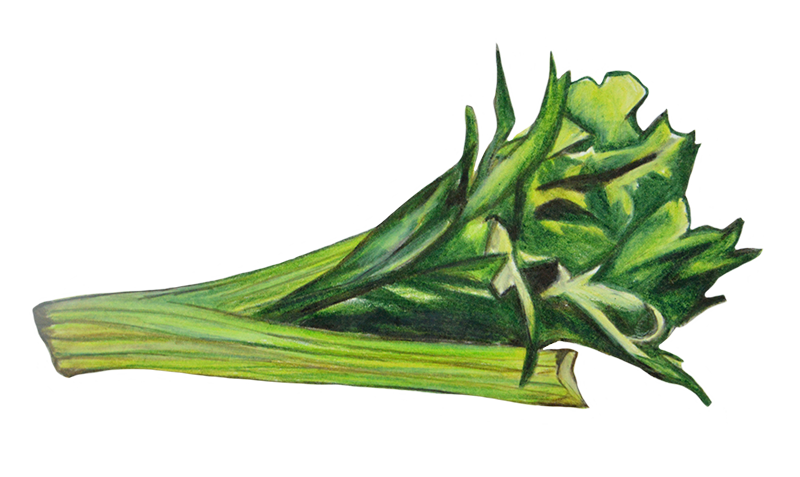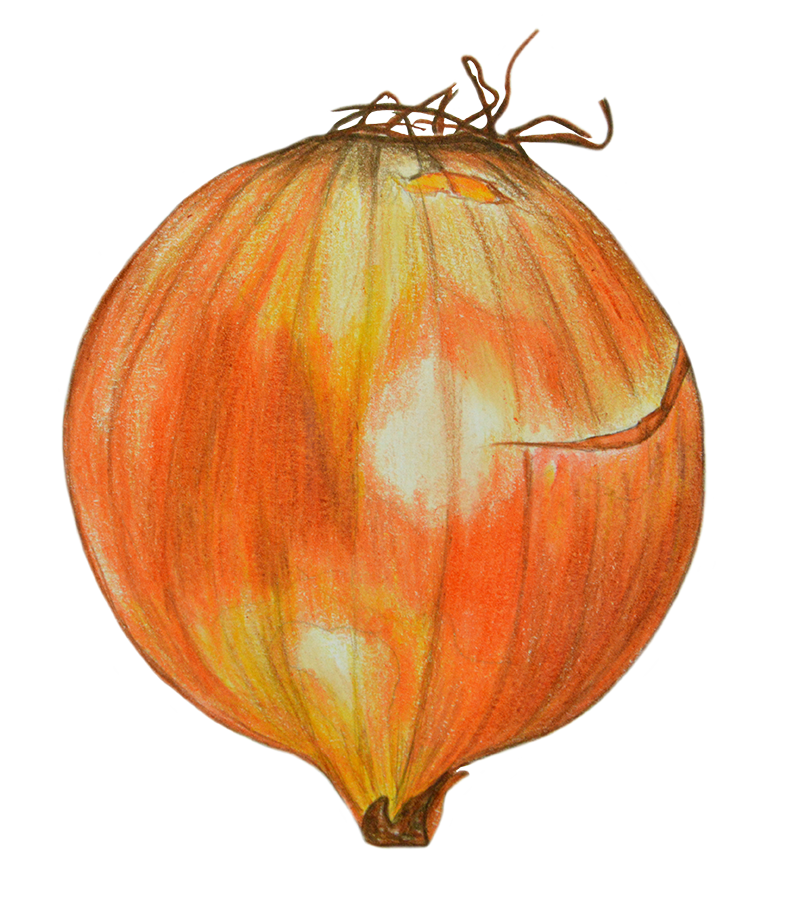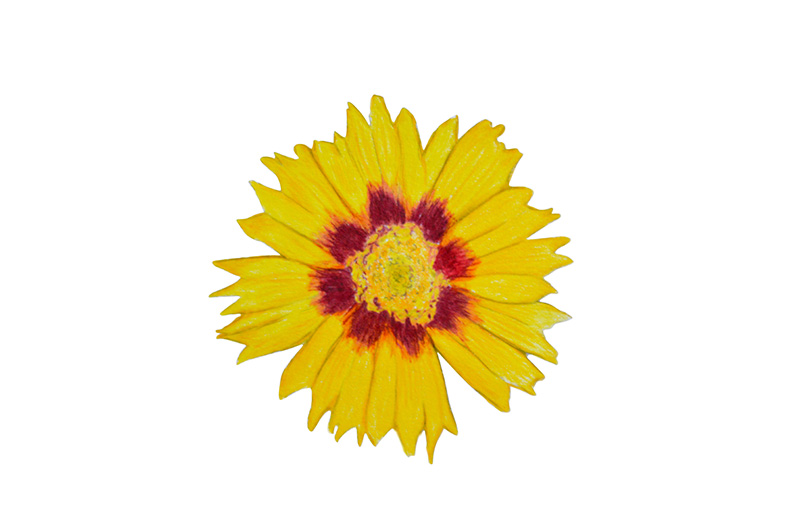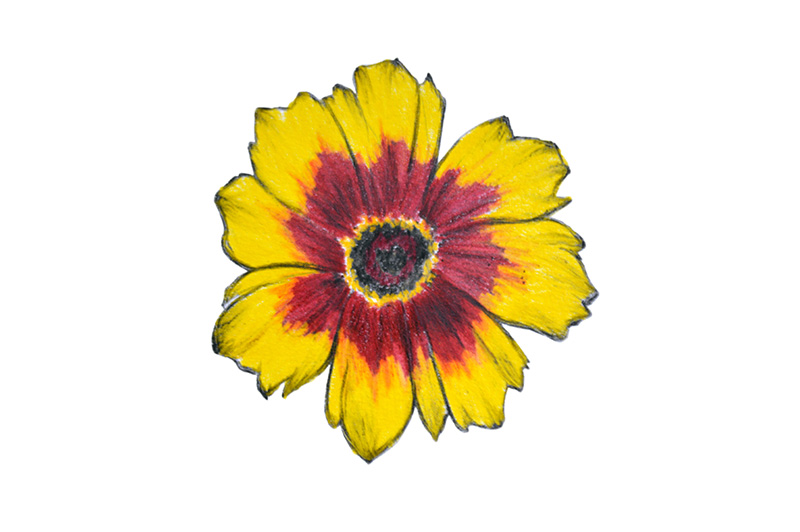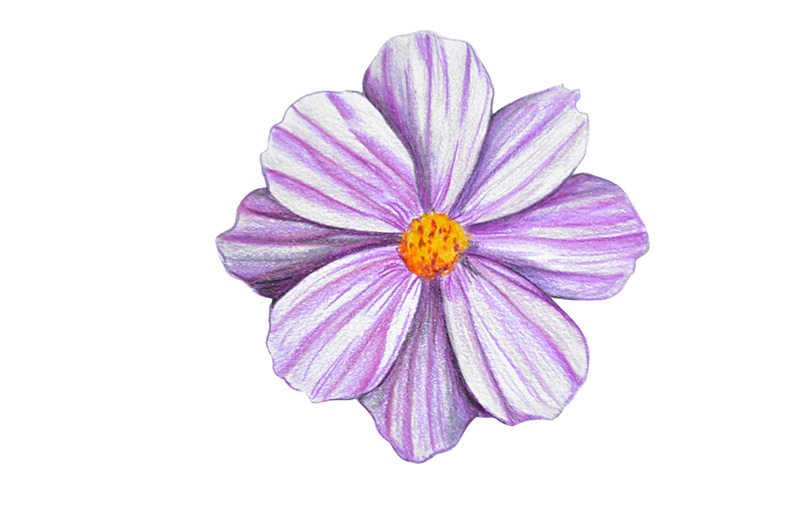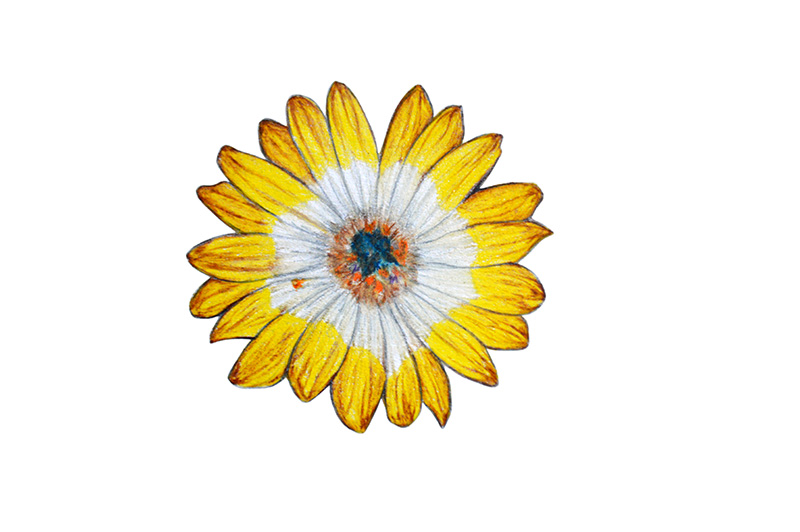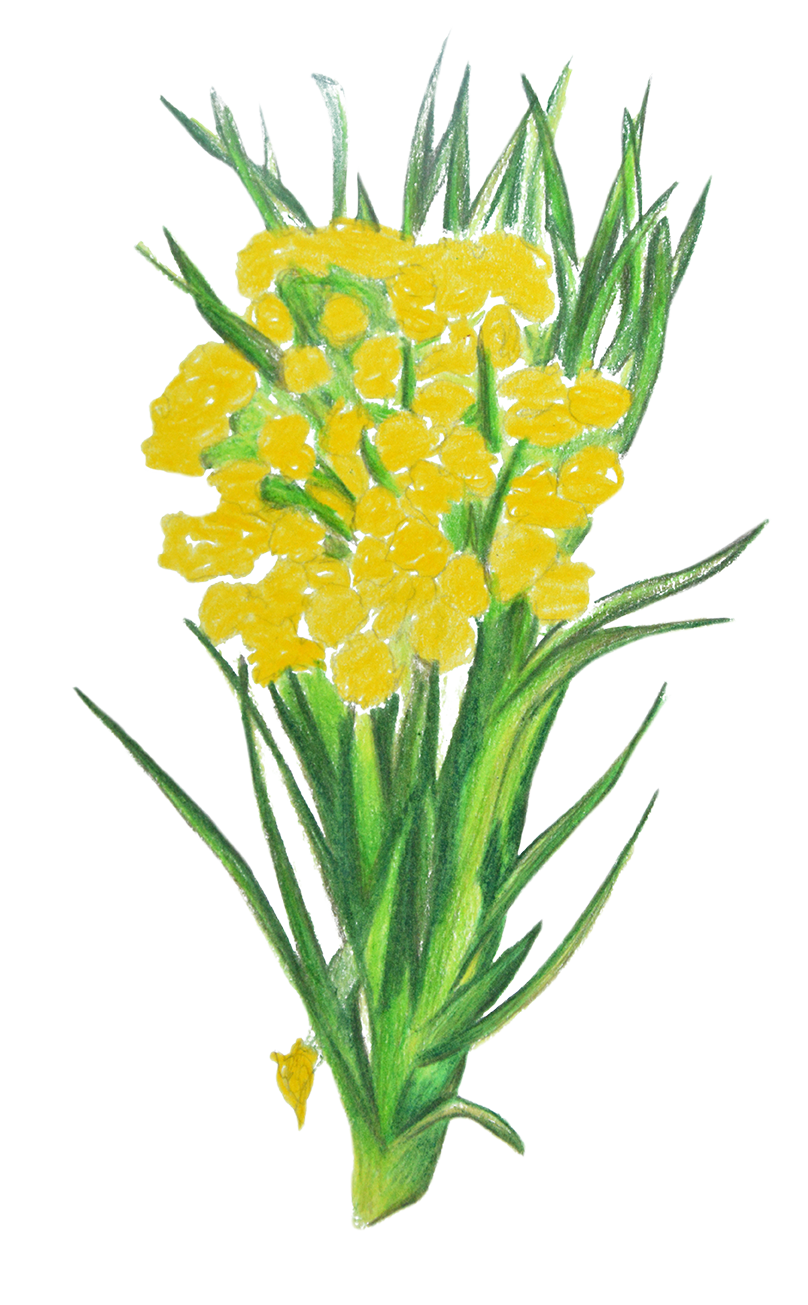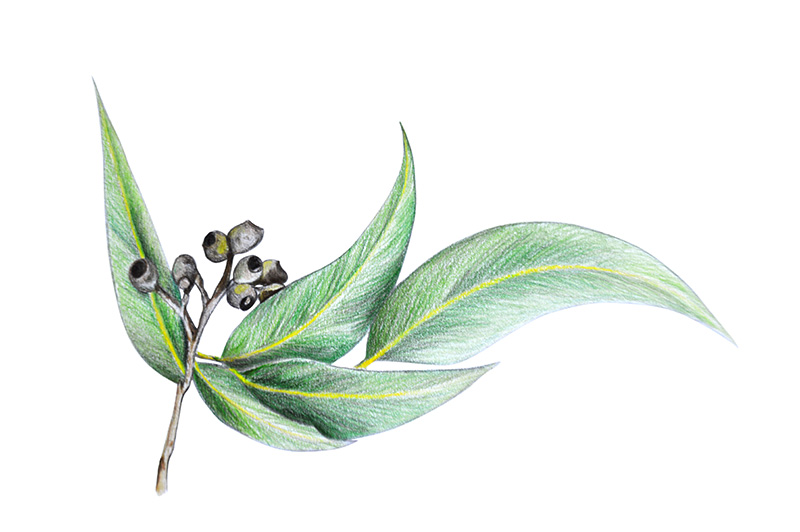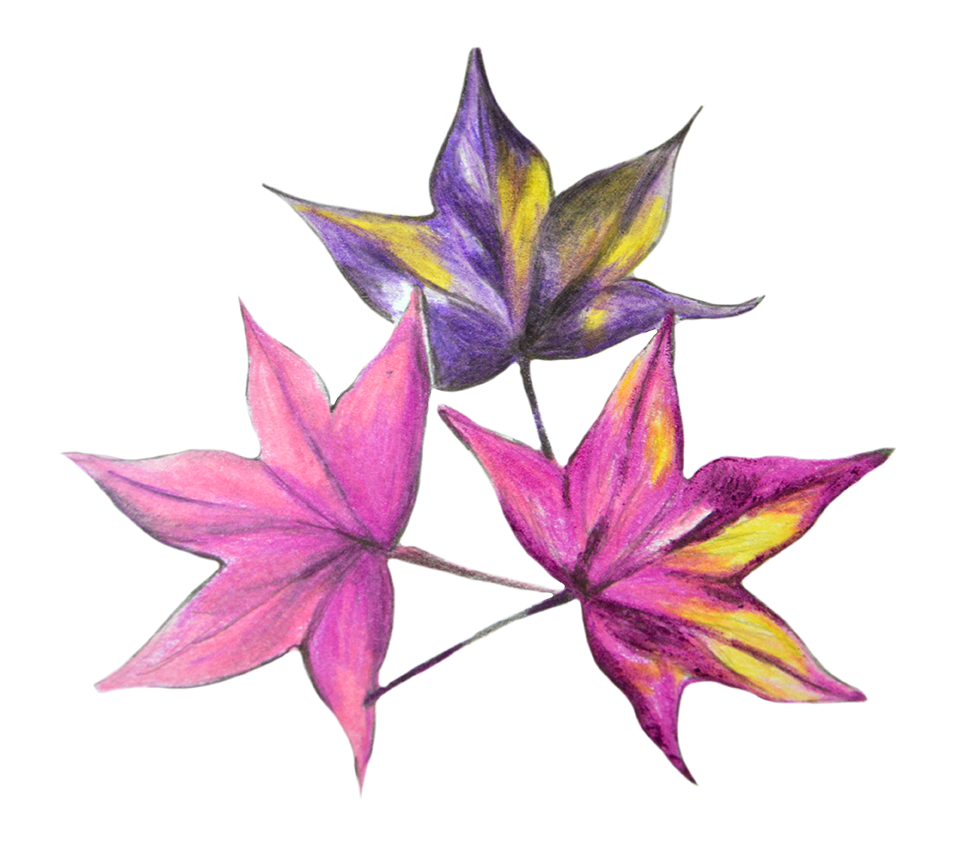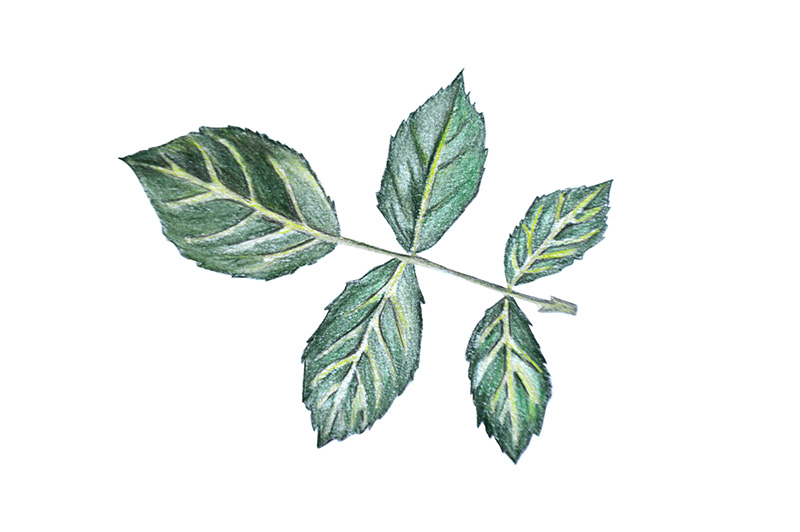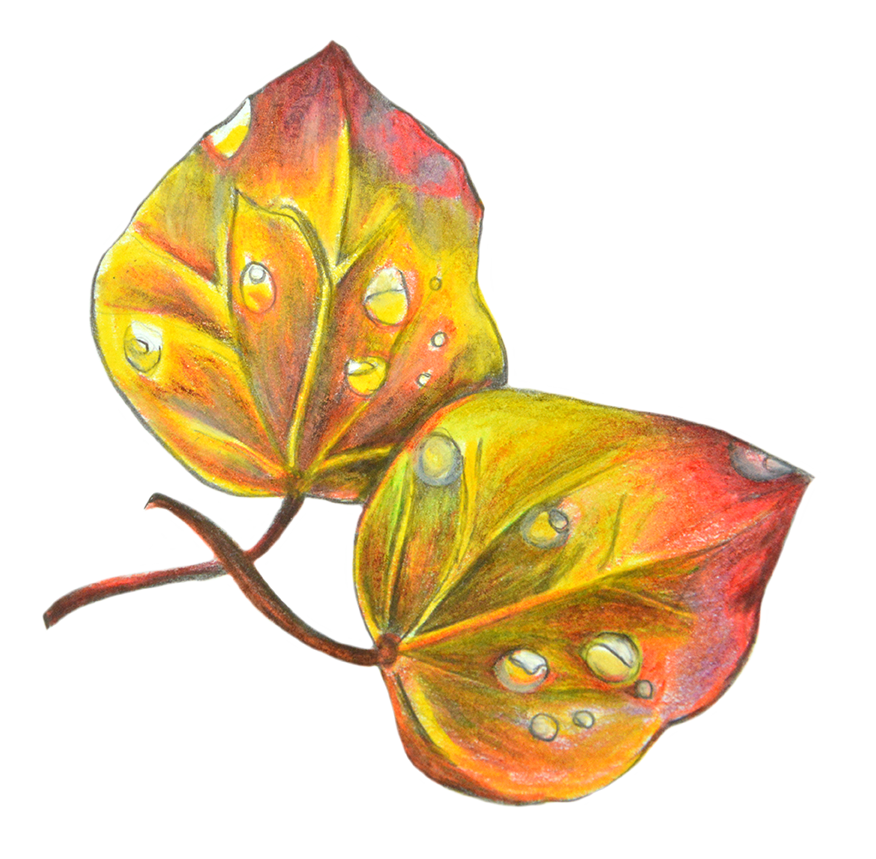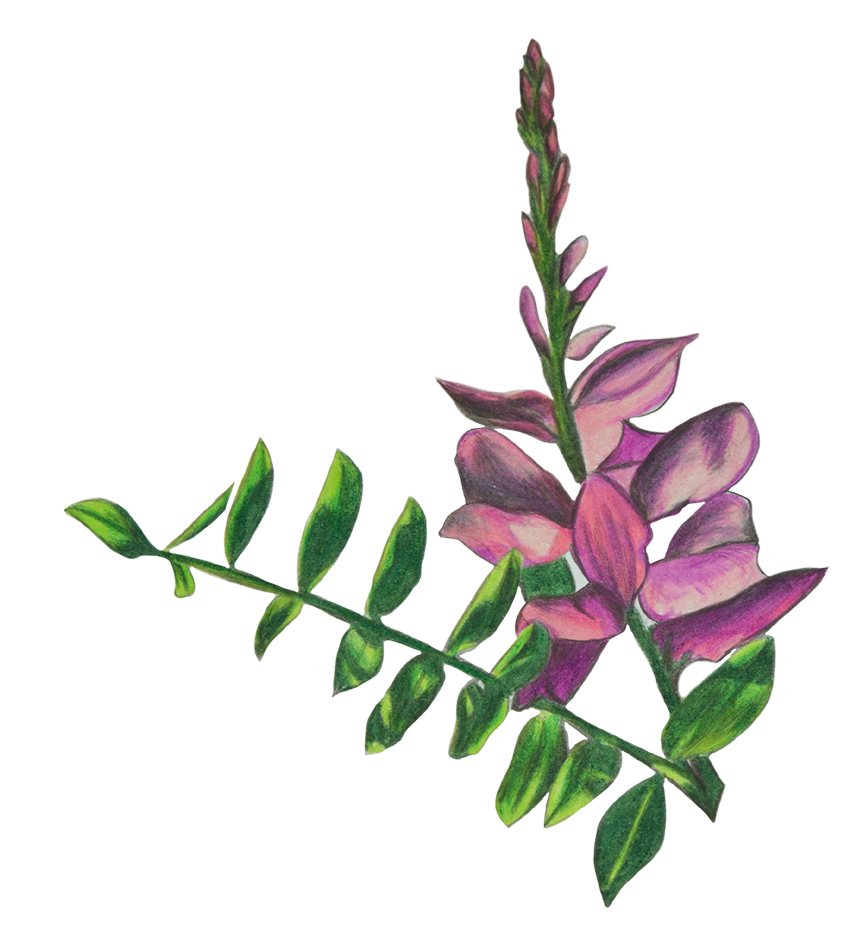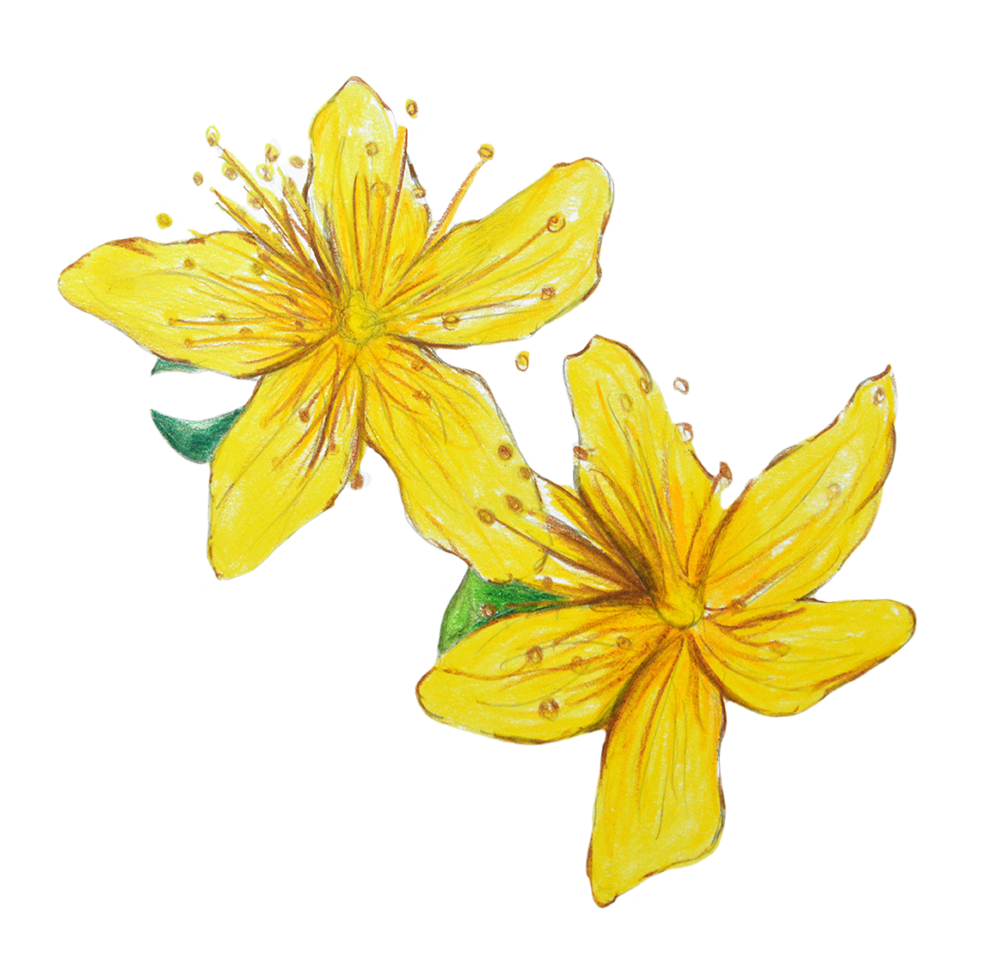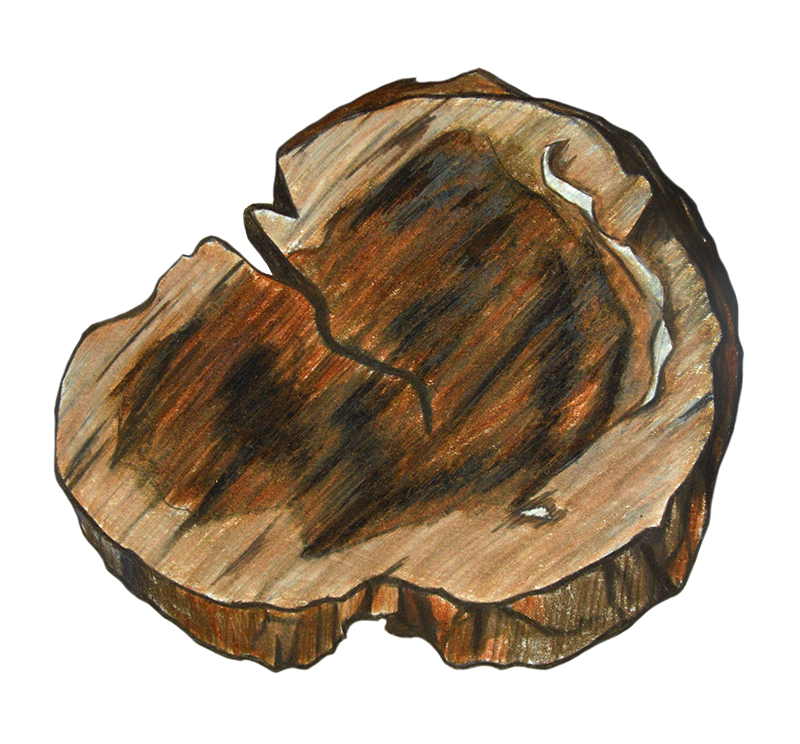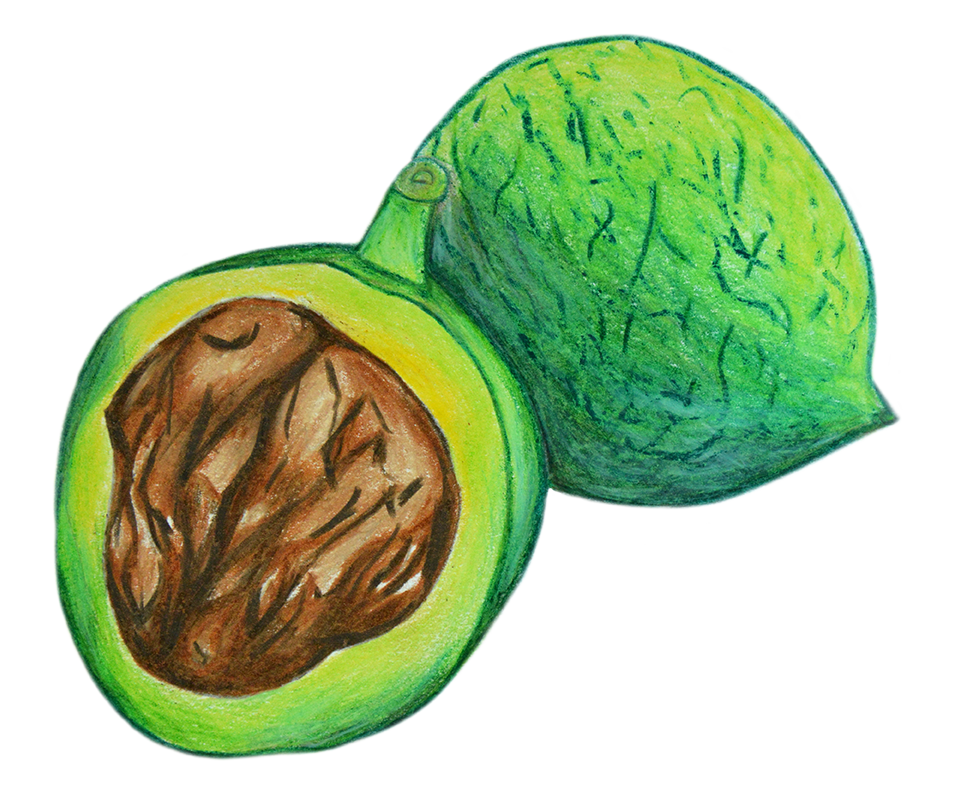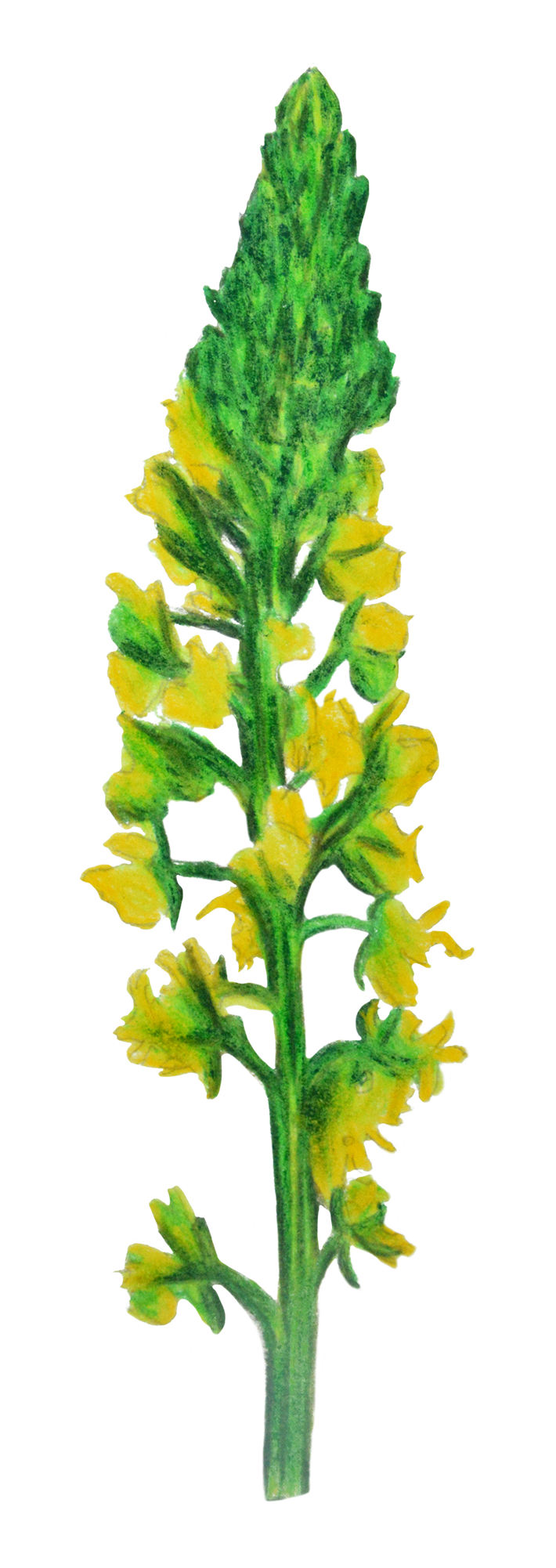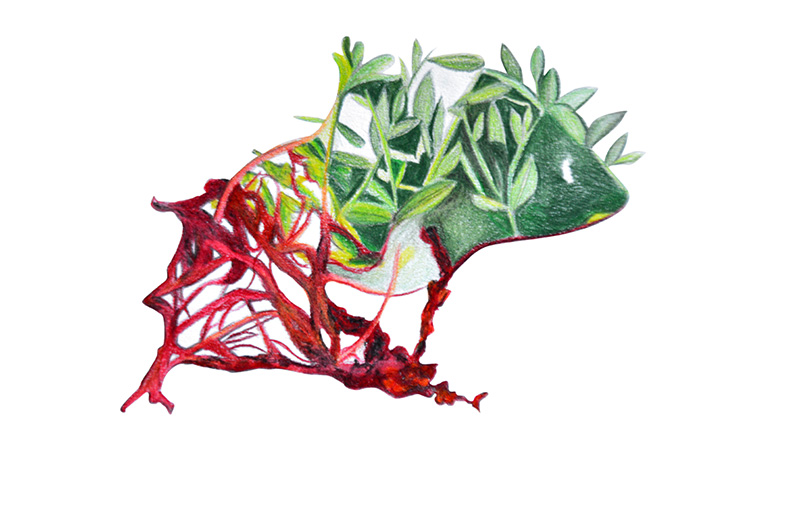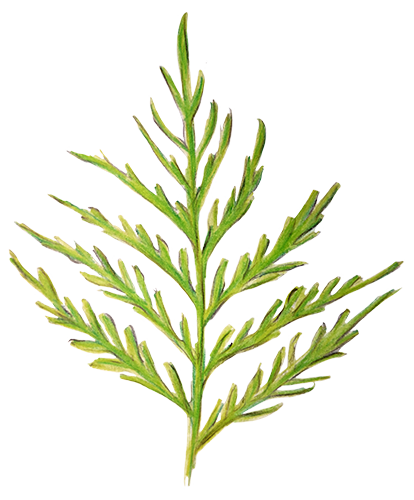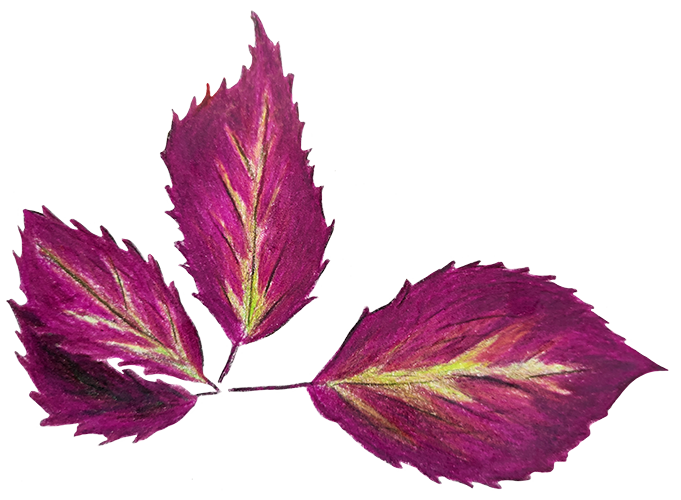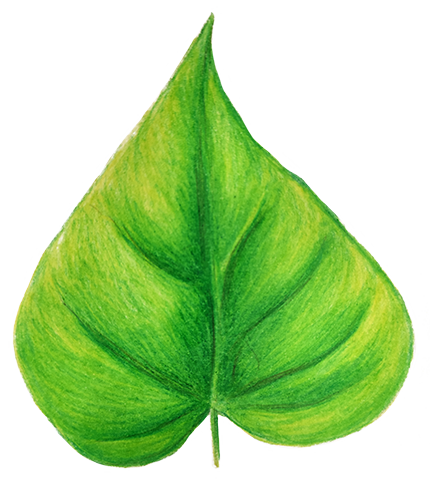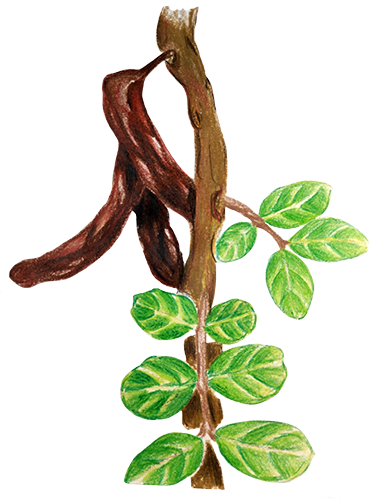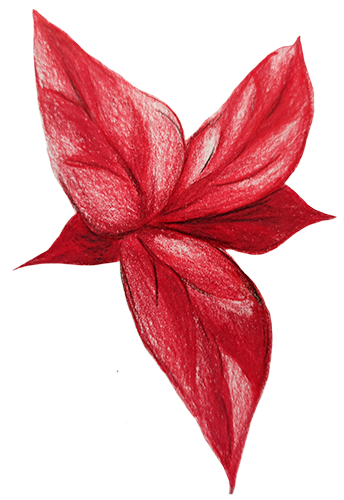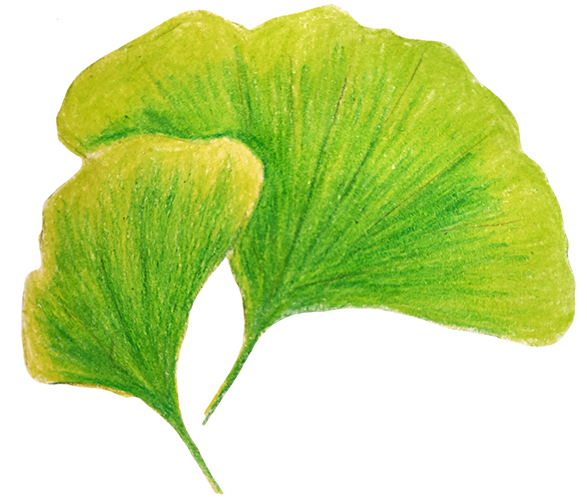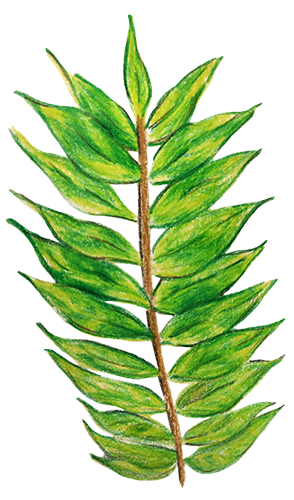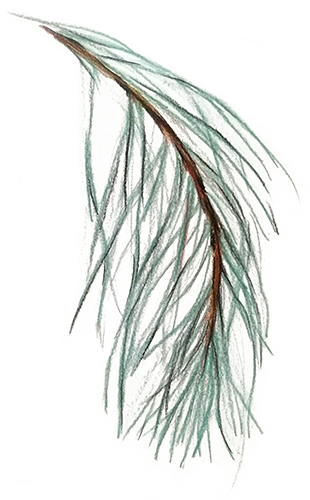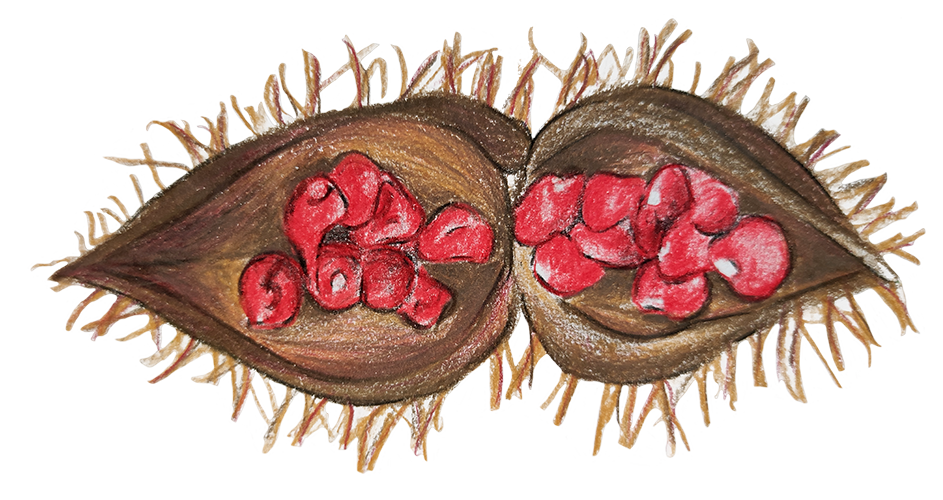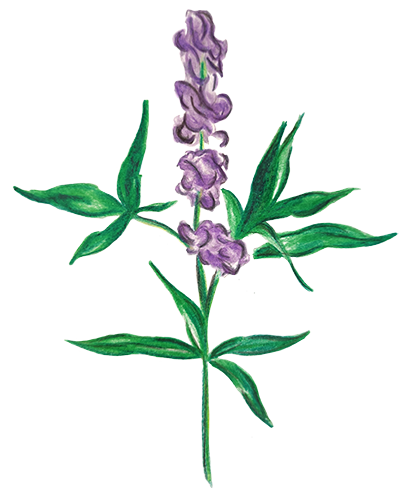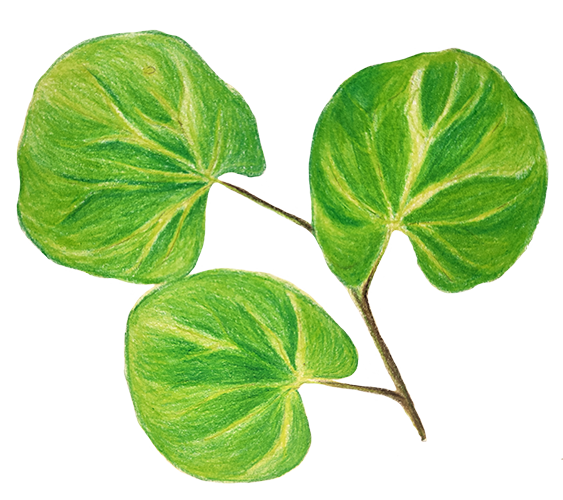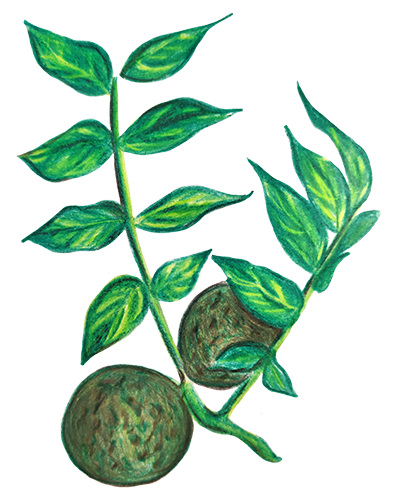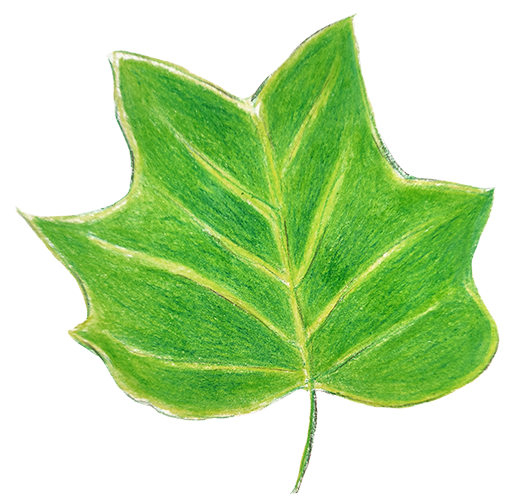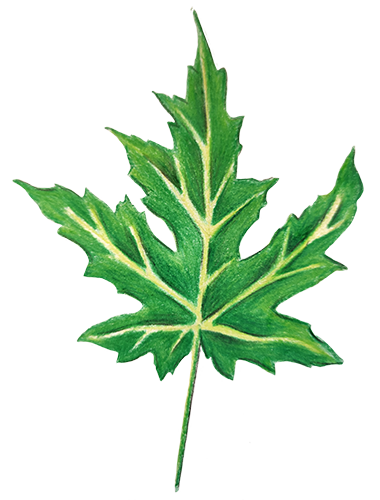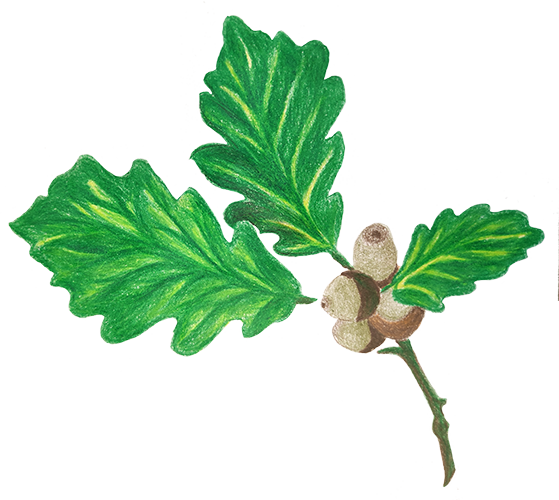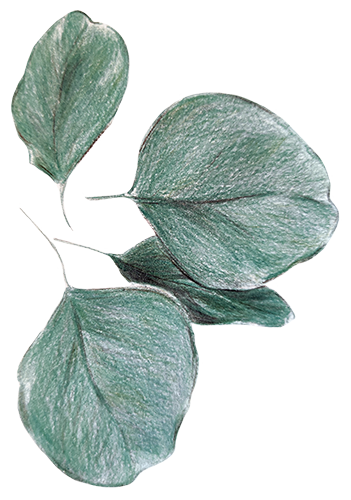Walnut
Juglans Regia
This magnificent tree, native of the Himalaya region, can reach up 25 meters in high.
However the walnut tree was grown also in Europe from ancient times: it is not only widely used in medicine and as building material, it is also used in dyeing process to obtain a natural brown shade colour.
Juglans, its generic name, comes from the contraction of Jovis glans meaning “the nut of god Jupiter” in Latin.
THE COLOUR
Although in the whole walnut tree is present the orange-red shaded pigment called juglone, the brown colour comes from both the nut, its fruit harvested in autumn, and its leaves, gathered in summer.
The process to extract this colour can last over an entire year after hot or cold fermentation or maceration of the raw material.
The dye technique using the walnut fruits was implied from the time of Ancient Persian Empire for their production of carpets.
HISTORY
Since the cultivation of the walnut tree has started in the very past times, it is possible to find several legends about this magnificent tree.
One of the first ones come from Greece, probably the first European place where was grown.
The Greek name of the walnut tree, Karya Basilica, means “royal walnut” because it was brought there from Persian kings.
THEORY OF SIGNATURE
Long before the discovery of modern pharmacology, the ancient physicians employed the doctrine of signs to heal any disease.
According to this theory, it was believed that everything existing in nature and resembling a part of the human body for shape or colour was suitable to heal that specific part.
The nut, reminding the shape of human brain, was widely employed to heal brain related disease.
THE MYTH OF DIONYSUS AND CARYA
Dionysus, during his visit to Dion’s house, fell in love with one of his daughters: the graceful Carya.
After Dionysus departure, Carya’s sisters, pushed by envy and resentment for their sister’s affair, guarded Carya to prevent her from having a relation with the god.
Dionysus, after several warnings for the violation of the restriction imposed to them, drove mad the two sisters and transformed them into rocks.
Carya, suffering for the envy of her sisters, was almost died: the pitiful Dionysus changed her into a walnut tree. Since then, this tree has become object of many celebration and pagan rituals.
LEGEND RELATED TO SAINT JOHN'S NIGHT
For centuries, pagan rituals celebrating the walnut tree continued until the rise of Christian religion.
In fact, considering the divine nature of this tree, this pagan ritual involved exciting pageant priestesses dancing all around it.
Christian believers, inclined in considering the evil nature of women, frowned upon this type of ritual: according to this, it was believed that the legendary encounter of witches and evil spirits took place in S. John’s night.
Traditionally, one of the remedies founded to prevent the appearance of evil spirits was the Ipericum flower.
